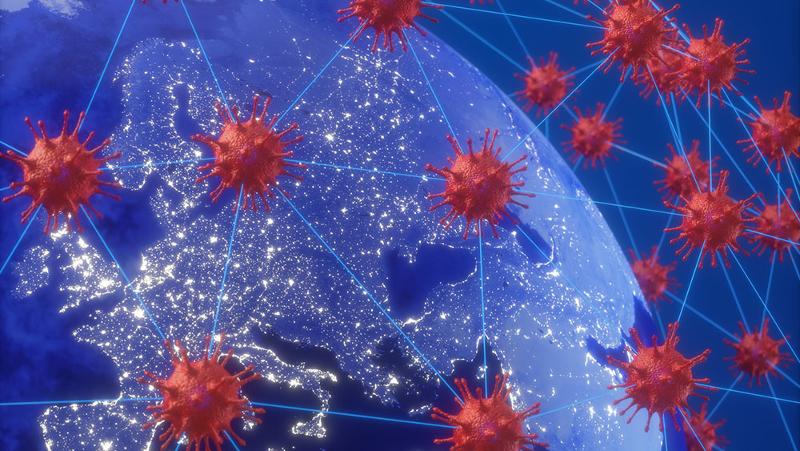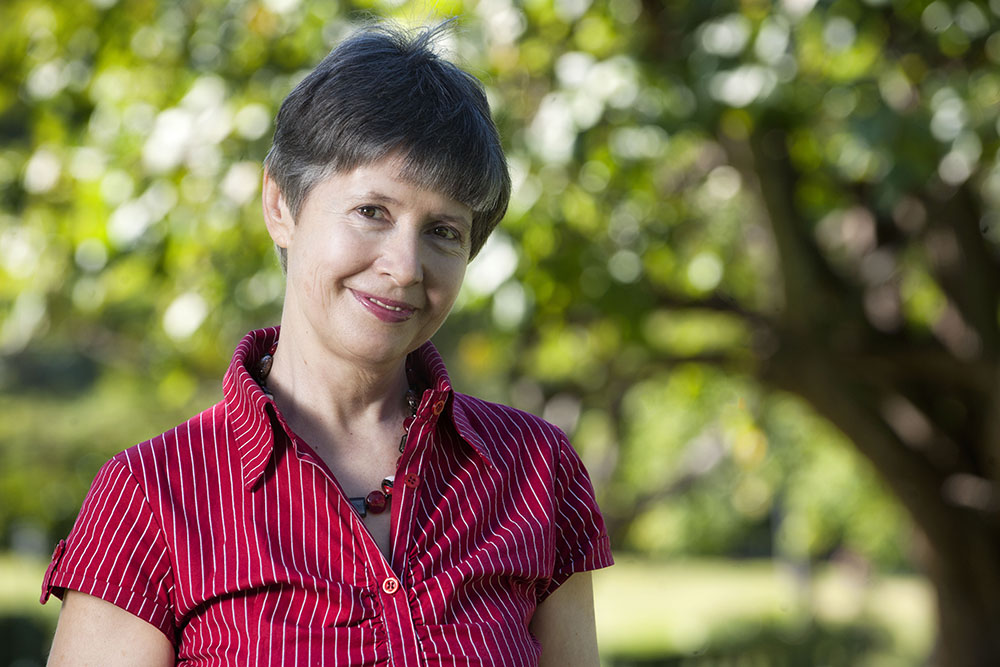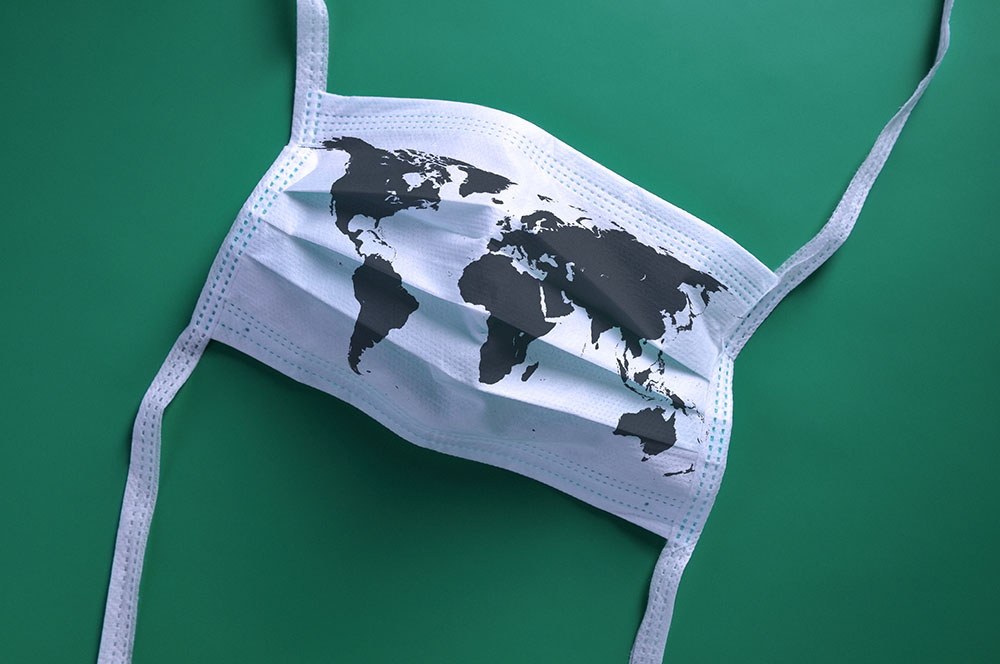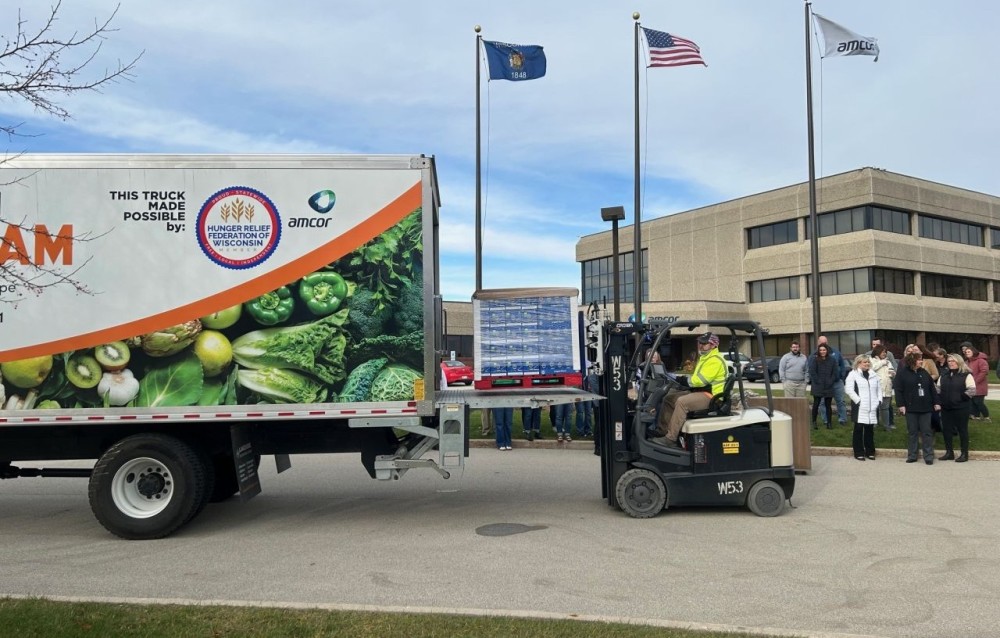
While we have heard much discussion about how COVID-19 infection spreads, little focus has been placed on the airborne route of infection, so far, says QUT International Laboratory for Air Quality and Health director Professor Lidia Morawska.
- Talking and breathing can potentially spread COVID-19
- N95 masks can provide protection but only if worn correctly
- Hands must be washed after taking off mask before eating and after putting mask back on.
Watch video
“Small droplets can be expelled by breathing or talking and become airborne, travel on airflow and potentially infect people who inhale them,” said Professor Morawska who has researched the exposure of airborne particles from natural and anthropogenic sources on human health for more than 30 years and is a recognised world authority in this area.
Professor Morawska said the United States’ ³Ô¹ÏÍøÕ¾ Academies of Sciences, Engineering and Medicine on 1 April 2020 addressed the possibility that COVID-19 could be “spread by conversation, in addition to sneeze/cough-induced droplets”.
“The letter, sent to the US Office of Science and Technology Policy, said: ‘Currently available research supports the possibility that SARS-CoV-2 (COVID-19) could be spread via bioaerosols generated directly by patients’ exhalation’.
“The Academies’ scientists said that the presence of viral RNA in air droplets and aerosols indicated the possibility of transmission via these routes.
“They said: “while the current SARS-CoV-2 (COVID-19) specific research is limited, the results of available studies are consistent with aerosolisation of the virus from normal breathing.”.
“This is also consistent with research conducted at QUT, which provides cornerstone foundation for this science.”

Professor Morawska said the research conducted retrospectively after SARS clearly pointed to this route of transmission.
“An airflow modelling study of the SARS1 spread in Prince of Wales Hospital in Hong Kong in the early 2000s, supported this transmission possibility,” she said.
“This hospital followed the airflow from where the SARS1 patients were located to other patients even though they were in different areas of the hospital ward.”
Professor Morawska said this research suggested the strong possibility that the Covid-19 virus could spread through airflow, which meant additional precautions were needed:
• Better ventilation of indoor public places to remove the virus carrying particles to the outside,
• No air recirculation. Commercial buildings often recirculate air to save energy. Normally that is a good measure but it is not safe at the moment.
Professor Morawska said N95 masks offered good protection but they should be fitted to the face and worn properly – “no playing with them, putting on and off and dispose of them properly”.

“People must wash their hands after removing a mask before they eat or drink and then wash their hands after putting it back on.
“Otherwise you are transferring the viruses captured on the front of the mask into your mouth or by touching your face.”








